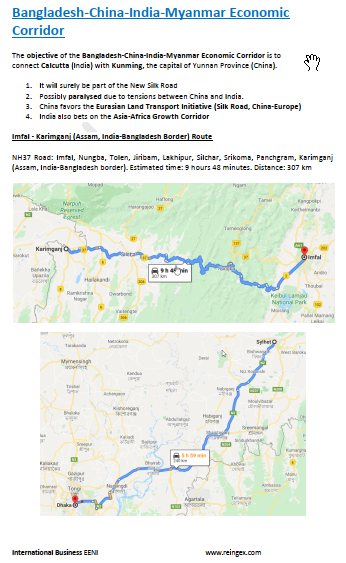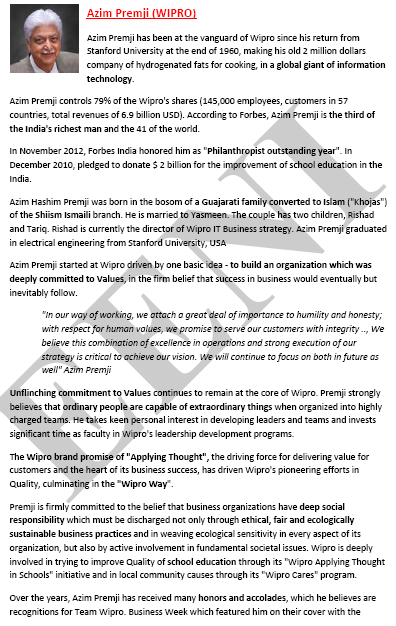Indian Foreign Trade

Economy of India (Bharat). Indian International Trade. Industry. Automotive
- Indian Economy
- Indian International Trade
- Investment in India (Bharat)
- Indian Industrial Sector:
- Engineering
- Steel
- Automotive
- Biotechnology
- Indian services sector:
- Software
- Bollywood
- Indian Micro, small and medium enterprises
- Indian middle-class
- Intellectual Property Rights in India (Bharat)
- International Relations of India
Businesspeople and Indian companies.
- Hinduja
- Birla
- Infosys
- Relliance
- BIOCON
- Cyrus S. Poonawalla
- Wadia
- Godrej
- TATA Group
- Sahu Jain
- Gautam Adani
- Bhavarlal Jain
- Ajit Gulabchand
- Azim Premji
- Yusuf Hamied
Indian Economy
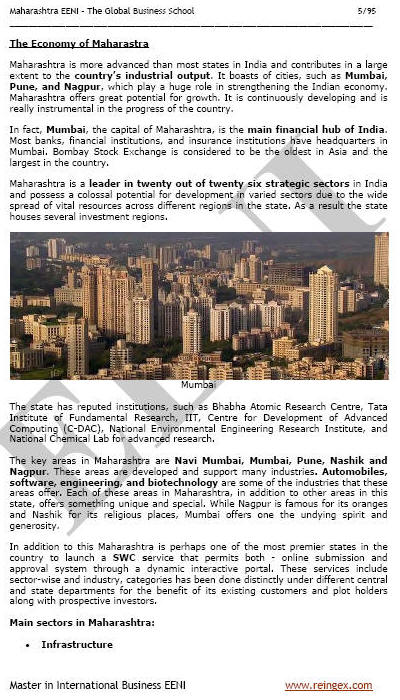

The Subject “Indian Economy” belongs to the following Online Programs taught by EENI Global Business School:
Masters: International Business, Foreign Trade.
Course: Hinduism and Business.
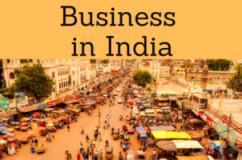
New Delhi - Bangalore - Andhra Pradesh - Gujarat - Haryana.
Languages:  or
or  India
India  Inde
Inde  India.
India.
- Credits of the Subject “Indian Economy and foreign trade”: 1

- Duration: one week

Masters adapted to  Indian Students (Bharat).
Indian Students (Bharat).
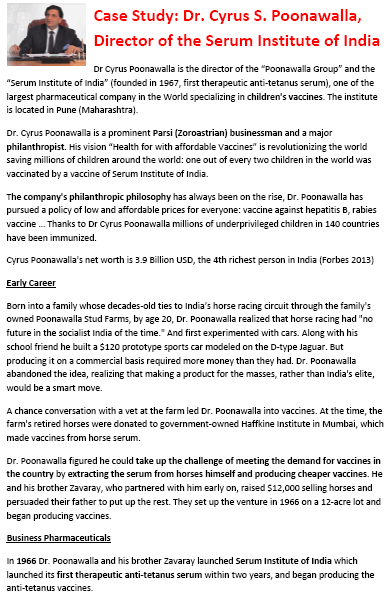
Indian Economy.
India (BRICS Country) is the fourth largest Economy in the World by Purchasing Power Parity.
- India is one of the most attractive destinations for the international business and Foreign direct investment (FDI) opportunities owing to the extensive human resources base, diversified natural resources, and strong Macroeconomics fundamentals
- The Indian Economy has experimented substantial modifications since the economic reforms introduction in 1991 based on the liberalization, privatization, and Globalization
- The actual scenario of the Indian Economy is characterized by a positive growth and strong macroeconomics fundamentals, particularly with tangible progress towards the fiscal consolidation and a strong balance of payments position
- The Indian middle-class growth, with an increasing the purchasing power, along with a strong macroeconomics fundamentals have attracted the largest auto producers to the Indian market
- 380 million Indians (72 million households) have an annual household revenue of 10,000 dollars (in PPP terms)
- The economic reforms since the early nineties have unleashed a new entrepreneurial spirit creating a vibrant economy
- Currency: Indian Rupee (INR) = 100 Paise
- Inflation (CPI): 5%
- Active Indian Population: 502.3 million people

- Top Indian export destination: the EU, the U.S., the Emirates, and China
- The main Indian exports: software, petrochemical, agricultural products, leather, jewellery, engineering, pharmaceuticals, textiles, chemicals, transportation, and raw materials
- The main Indian imports: crude oil, gold and precious stones, electronics, engineering products, chemicals, plastics, coal, iron and steel, vegetable oil, and commodities
- The main Indian suppliers: China, the EU, Saudi Arabia, and the United Arab Emirates
- Transit Trade Agreement between India, Iran and Afghanistan
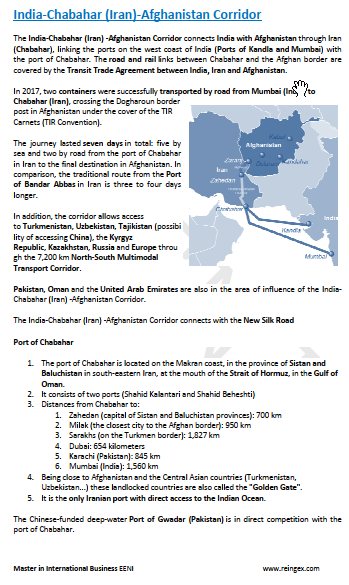
Indeed, the rise of the young Indian urban consumer has been a characteristic of the Indian economic transformation. In their mid-twenties, members of this segment do not think twice before spending on expensive global brands. They are comfortable buying on credit, have purchased a house and a car, something their parents could never have dreamt of doing in their youth. The house is an investment for them and the car an indulgence.
The Indian industrial sector majorly consisting of heavy and light engineering, steel, automotive, biotechnology, drugs and pharmaceuticals, food processing, mines and minerals, and fertilizers.
India has established a robust and diversified manufacturing base for production of a broad variety of basic and capital products to meet the requisites of various sectors including the heavy electrical, power generation and transmission, process equipment, cars, ships, aircraft, mining, chemicals, and petroleum. The Indian industrial sector recorded a healthy growth of 10.3%
Automotive, being one of the largest industries, facilitates the improvement in various infrastructure facilities like power, Rail and Road transport. India is the second largest two wheeler manufacturer in the World, the fifth-largest commercial vehicles manufacturer as well as the largest tractor manufacturer.
India is the fourth largest passenger car market in Asia as well as a home to the largest motorcycle manufacturer.
Over the years, the engineering industries, both light and heavy engineering, have registered an impressive growth rate and are having a strong base in various capital and consumer durable products production.
Biotechnology is among the fast growing knowledge-based industrial sectors, which have the immense potential to revolutionise the agriculture, healthcare, industrial processing and environmental sustainability. The Indian biotechnology segment has been making quick steps on the global platform. There are numerous therapeutic biotechnology drugs and vaccines, being produced and marketed in India and helping humanity enormously.
Drugs and pharmaceutical are another important Indian industry showing significant progress over the years. It is one of the largest and the most advanced sectors in the World, acting as a source for the various drugs, medicines, and their intermediates as well as other pharmaceutical formulations. Being the intensive knowledge-driven industry; it offers innumerable business opportunities for the investors. India is one of the leading global players in pharmaceuticals.
The Indian food processing industry is one of the largest in the World regarding the production, consumption, export, and growth forecasts.
The Indian Telecommunication network is the third largest in the World and the second largest among the emerging economies in Asia.
India is also among the fastest growing telecom markets in the World. The Indian telecom industry manufactures a complete range of telecom equipment using the state-of-the-art technologies intended specifically to match the different terrain and climatic conditions.
India is the sixth largest energy consumer in the World accounting for 3.5% of the total annual energy consumption in the World.
India is the eighth largest crude steel producer in the World.
The Indian cement industry is greatly energy intensive and is the third larger user of coal in India. It is modern and uses the latest technology, which is among the best in the World. India is the second largest cement manufacturer in the World.
The Indian software and services (IT services) industry has been moving up in the value chain, giving India a formidable brand equity in the Global Markets. Business Process Outsourcing sector has emerged as a key driver of growth for the Indian software and services industry.
“Bollywood” is the name for the typical Indian cinema industry. The name Bollywood comes as a reference to Hollywood but with the initial “B” for Bombay (Mumbai), the place in India for cinema productions of the same importance.
The number of films produced in India is the largest in the World.
India has a vibrant micro and small enterprise sector that plays a significant function in sustaining the economic growth, by contributing around 39% to manufacturing production and 34% to exports.
